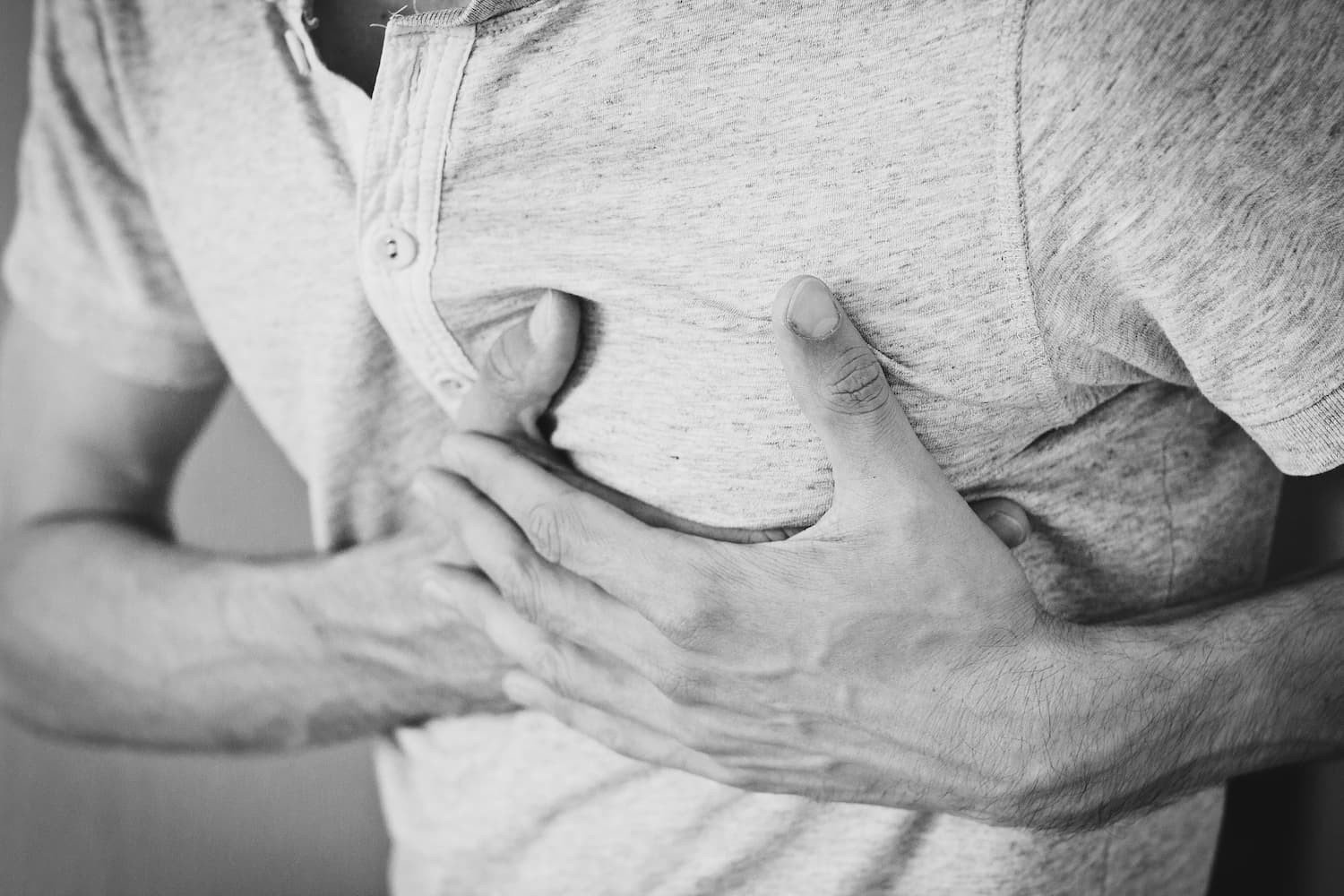
Around 387,000 Australians had suffered a stroke at some point in their lives, according to a recent survey (Australian Bureau of Statistics, 2019). Two-fifths of them were women, while more than half were men. Stroke is a chronic condition that can cause long-term disability, paralysis or increase the risk of death. The good news is that it can be prevented since many of its risk factors are related to diet and lifestyle choices. Learn about the causes, signs, treatments and preventative measures of stroke in this comprehensive guide.
What is a Stroke?
Strokes occur when the blood vessels that are responsible for blood supply to the brain are ruptured or blocked, preventing oxygen or nutrients from reaching the brain tissues. The result is neuronal apoptosis, or the death of brain cells. Most stroke patients have speech difficulty, while others suffer vision loss or cognitive impairment. The outcome of a stroke depends on the kind that you have.
What are the Different Types of Strokes?
Depending on its type, a stroke can last for a few minutes or a lifetime. There are different kinds of stroke, but the common types that can affect young and old alike include:
Ischemic Stroke
During an ischemic stroke, a blood clot forms in the carotid artery, which is located on the neck, preventing blood flow to the brain. Ischemic strokes can be divided into two types - thrombotic strokes and embolic strokes. The first occurs when blood clots form in the blood vessel that supplies blood to the brain, while the second takes place when the clots form somewhere else in the body and migrate to the blood vessel that supplies blood to the brain, thus hindering blood flow.
Transient Ischemic Attack
Some ischemic strokes can last only a brief moment, and such a type of stroke is known as a mini stroke. However, in medical jargon, it is known as a transient ischemic attack. During this event, there is a brief and temporary interruption in the flow of blood to the brain as the capillaries supplying the brain narrow. Usually, this condition lasts no more than one day. A TIA, however, is just as lethal as other forms of stroke, since it usually results in ischemic strokes.
Haemorrhagic Stroke
Strokes of this type cause permanent brain damage because they cause bleeding in the brain that damages surrounding cells. It can cause a variety of complications, from swallowing problems to memory loss. The bleeding may occur between the brain and skull, which is called subarachnoid haemorrhage. If the bleeding takes place within the brain, that is intracerebral haemorrhage.
Brain Stem Stroke
The brain tissue suffers from a loss of blood supply during brain stem strokes, hence leading to the death of the brain stem and paralysing the entire body. This happens when a blood clot forms or the carotid artery is ruptured. A stroke survivor cannot move any part of their body and has slurred speech.
What Causes a Stroke?
One of the major stroke risk factors is age; as you get older, you have to take extra precautions. You may also be at risk for stroke if you suffer from several other factors. Excessive alcohol consumption, poor diet and physical inactivity are lifestyle factors that can trigger the chronic condition earlier. People younger than 18 who are current smokers have an increased risk of stroke.
People with medical conditions such as high blood pressure, diabetes, coronary heart disease and obstructive sleep apnea are also more likely to acquire the condition.
What are the Common Symptoms of a Stroke?
A stroke victim experiences different stroke symptoms depending on the type that they are going through. That is why some stroke survivors may seem more severely affected than others. The most common signs of stroke include:
- Facial weakness
- Shortness of breath
- Muscle weakness
- Difficulty talking and understanding speech
- Leg or arm weakness
- Loss of function on one side of the body
- Loss of vision or double vision
- Disorientation or lightheadedness
What are Treatment Options for a Stroke?
When someone shows signs of a stroke, they should get medical treatment immediately, otherwise their condition could deteriorate quickly. Their doctor or healthcare provider will determine the course of treatment based on the results of their diagnosis. Stroke is typically treated with carotid endarterectomy, blood thinners or drug therapy. Physical therapy, occupational therapy, speech therapy, counselling and psychotherapy are among the adjunct therapies that healthcare professionals can recommend in aiding stroke recovery.
In addition to reviewing their medical history and conducting a thorough physical examination, it may be necessary to run several diagnostic procedures to determine what kind of stroke the patient is suffering from and the level of treatment they will need. One or more of the following may be involved:
- Blood tests
- Imaging tests such as magnetic resonance imaging (MRI)
- Carotid ultrasound
- Cerebral angiogram
How Can a Stroke be Prevented?
Despite being dubbed as an age-related disease difficult to dodge, there is actually a range of ways to combat stroke. In addition to identifying your stroke risk factors, follow these steps to prevent any form of stroke:
- Maintain a healthy lifestyle
- Regulate your blood pressure
- Stick to a diet high in fibre, protein, potassium and other essential vitamins and minerals
- Engage in physical exercise
- Don't smoke or use drugs
- Drink alcohol in moderation or eliminate it altogether
It's also important to regularly visit your healthcare provider to spot any signs of a stroke before they escalate. More importantly, having control of your stress levels through meditation, yoga, and other complementary therapies is essential to preventing strokes. Feel free to check out the Natural Therapy Pages' comprehensive list of natural health practitioners to find one in your local area.








